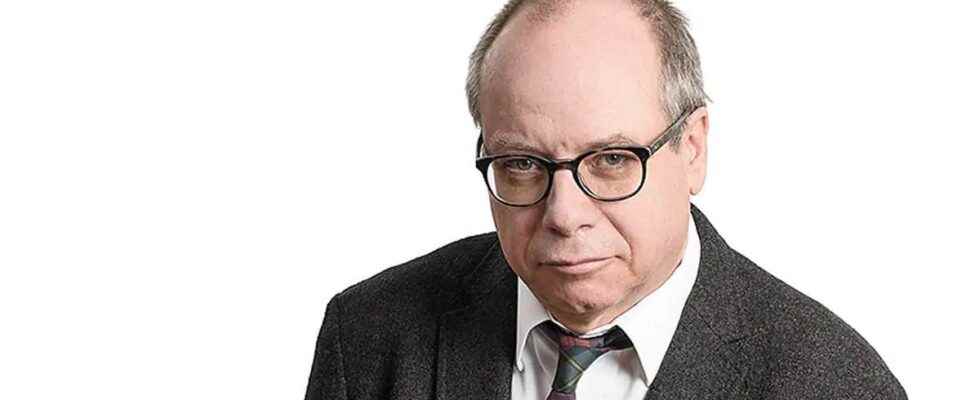Private promoters are jostling at the gate to produce renewable energy for Hydro-Quebec. Following the call for tenders launched last December, the government corporation received no less than 18 proposals totaling nearly 3,000 MW, or three and a half times the requested energy volumes of 300 MW in wind and 480 MW in renewable energy projects of all kinds.
We haven’t seen anything yet. Last December, the CAQ government announced the deployment of a new wind power strategy to double the installed capacity of this energy that comes to us from the wind.
Reformulating calls for tenders that Hydro-Québec was to launch at the end of last year, the superminister of the Economy, Innovation and Energy, Pierre Fitzgibbon, asked the state corporation step up the pace with a call for 4000 MW, in order to obtain by 2030 a power equivalent to all the wind farms currently in operation throughout Quebec. Hydro-Québec will provide developers with a map indicating locations near power transmission lines. The preferred areas will be those close to an available line, and the connection will have to be done quickly with a minimum of “raising”, to use ministerial jargon.
It should be noted that it is not Hydro-Québec Distribution that will take charge of wind power contracts as in the past, a costly adventure for Quebec consumers who financed, by buying electricity that they did not need at a politically motivated form of regional development at the time. The production arm of the Crown corporation will be the contractor. And one of the advantages of proceeding in this way for the Legault government is that the Régie de l’énergie does not have to stick its nose in these transactions, since the activities of Hydro-Québec Production are not subject to public monopoly watchdog review.
The Legault government has emasculated the Régie de l’énergie by removing its responsibility for setting electricity rates based on costs. Tariffs are now increased by the rate of inflation, and the review is now done every five years. Due to soaring inflation, the strategy was derailed, and Minister Fitzgibbon had to introduce a bill to cap residential rate increases at 3%. He is taking advantage of this bill, which will be studied at the start of the next session, to give himself the right to determine what major new economic project may see the light of day: it is the minister who will decide whether Hydro-Québec will supply or not current to companies.
The wind sector will therefore grow more quickly than expected, and with its regular mention of new dams, the Legault government, as we can see, is concerned about new energy supplies. Its desire to accelerate energy saving and energy efficiency initiatives does not seem so strong, however.
During his meeting with François Legault on Monday, the parliamentary leader of Québec solidaire, Gabriel Nadeau-Dubois, asked that a parliamentary commission be held to examine Hydro-Québec’s latest strategic plan. For its part, the Liberal opposition is proposing to hold a national consultation on Quebec’s energy future in the form of a traveling commission. Whatever formula is chosen, a broad reflection is required on Hydro-Québec and the energy transition, an exercise that cannot depend on the views of a single man and in which the population, as a stakeholder, must imperatively be associated. .
